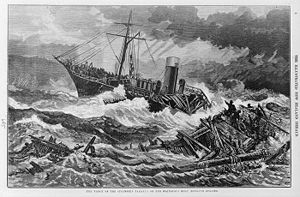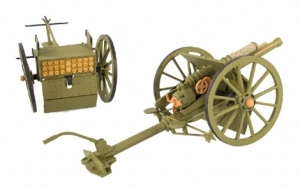Each month in the Modellers Shipyard free monthly email newsletter we take a look at a Naval Saying from around the world.
There are many sayings and expressions that originate from language used historically by sailors. These sayings described specific aspects of life at sea and maritime traditions, and often referred to parts of sailing ships. Many of these expressions date from the late eighteenth and nineteenth centuries. Some, over time, have crossed over in to common use, and are still used today, although in many cases the meanings of sayings now are far removed from their original meanings.
Push the boat out – To spend generously. To spend more than one is normally accustomed to doing, often to mark a special occasion.
This phrase originates with the literal meaning, that is, pushing boats from wherever they are beached and into the water. People have for centuries built boats that were too large for an individual to move. Helping a seaman to push the boat out was an act of generosity – a similar to the modern-day act to helping to push a car that is broken down.
The phrase became used in UK nautical circles to mean ‘buy a round of drinks‘ sometime during the 1930s; for example, in J. Curtis’ You’re in Racket, 1937:
“This bloke you’re meeting up the Old Jacket and Vest to-night, let him push the boat out, the bastard. Surely he can pester for a tightener if you’re hungry.”
The meaning is made clear in Edward Fraser and John Gibbons’, Soldier and Sailor Words and Phrases, 1925:
Push the boat out, to, to stand treat.
By 1946, John Irving had listed the term as Royal Navy slang, with the specific ’round of drinks’ meaning – in Royal Navalese: a glossary:
“Push the boat out, to, a boatwork term used to imply paying for a ’round of drinks’.”
More recently, ‘push the boat out’ has been used more generally and has come to mean ‘behave extravagently; making a purchase that is rather beyond what one can afford’.

